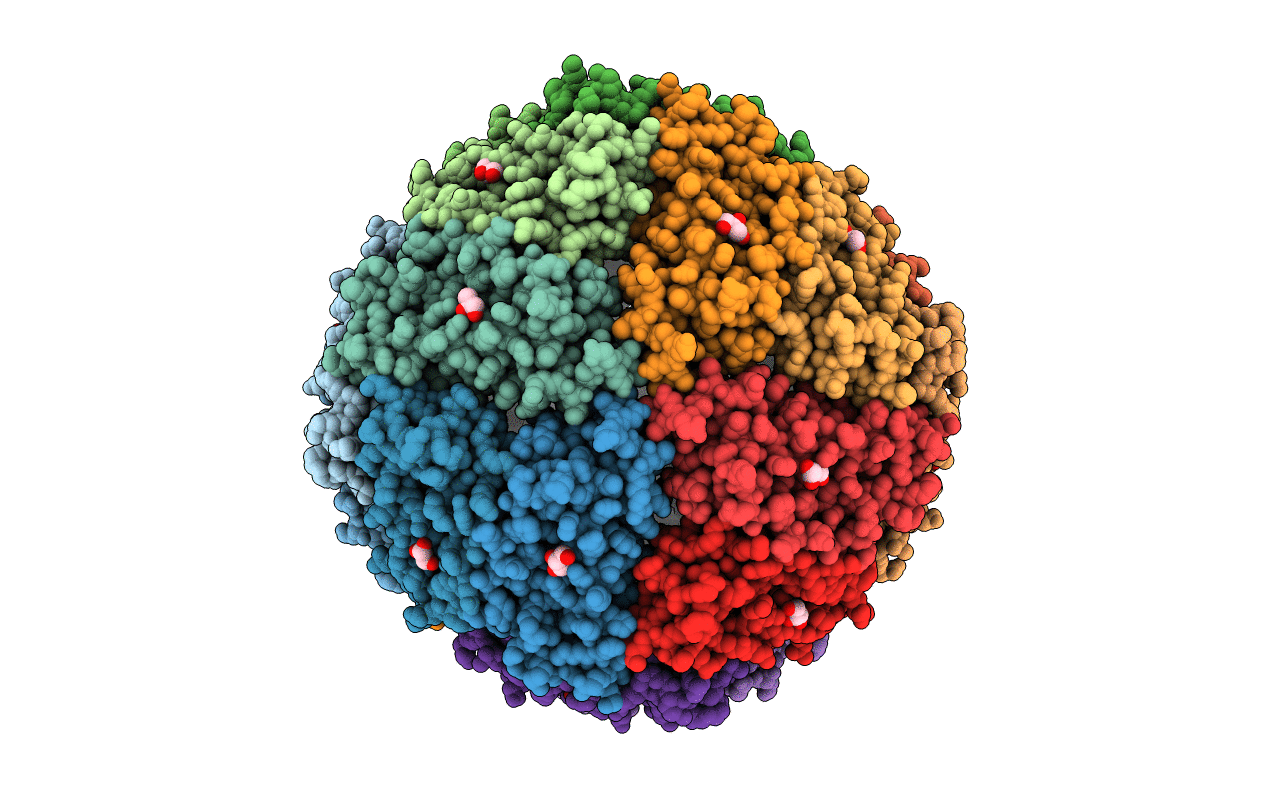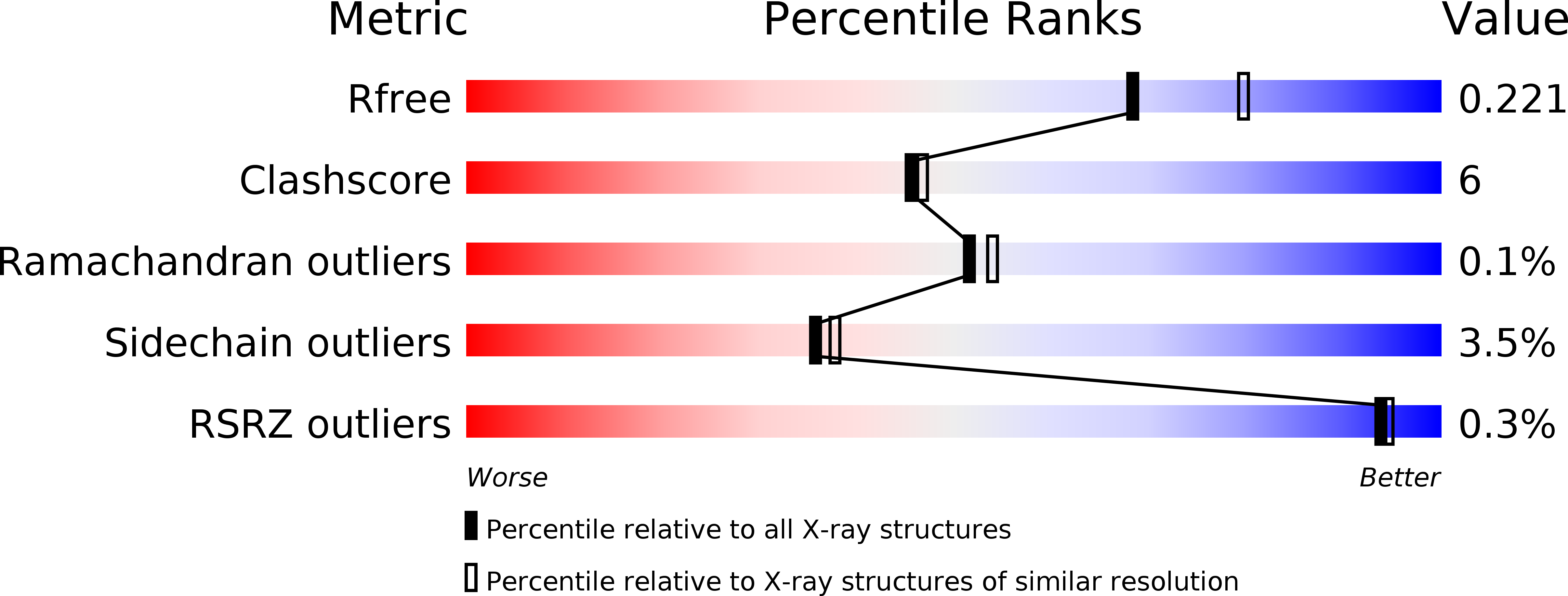
Deposition Date
2009-12-02
Release Date
2010-12-15
Last Version Date
2023-09-06
Entry Detail
PDB ID:
3KX9
Keywords:
Title:
Engineering a closed form of the Archaeoglobus fulgidus ferritin by site directed mutagenesis
Biological Source:
Source Organism:
Archaeoglobus fulgidus (Taxon ID: 2234)
Host Organism:
Method Details:
Experimental Method:
Resolution:
2.10 Å
R-Value Free:
0.22
R-Value Work:
0.18
R-Value Observed:
0.18
Space Group:
P 21 21 21


